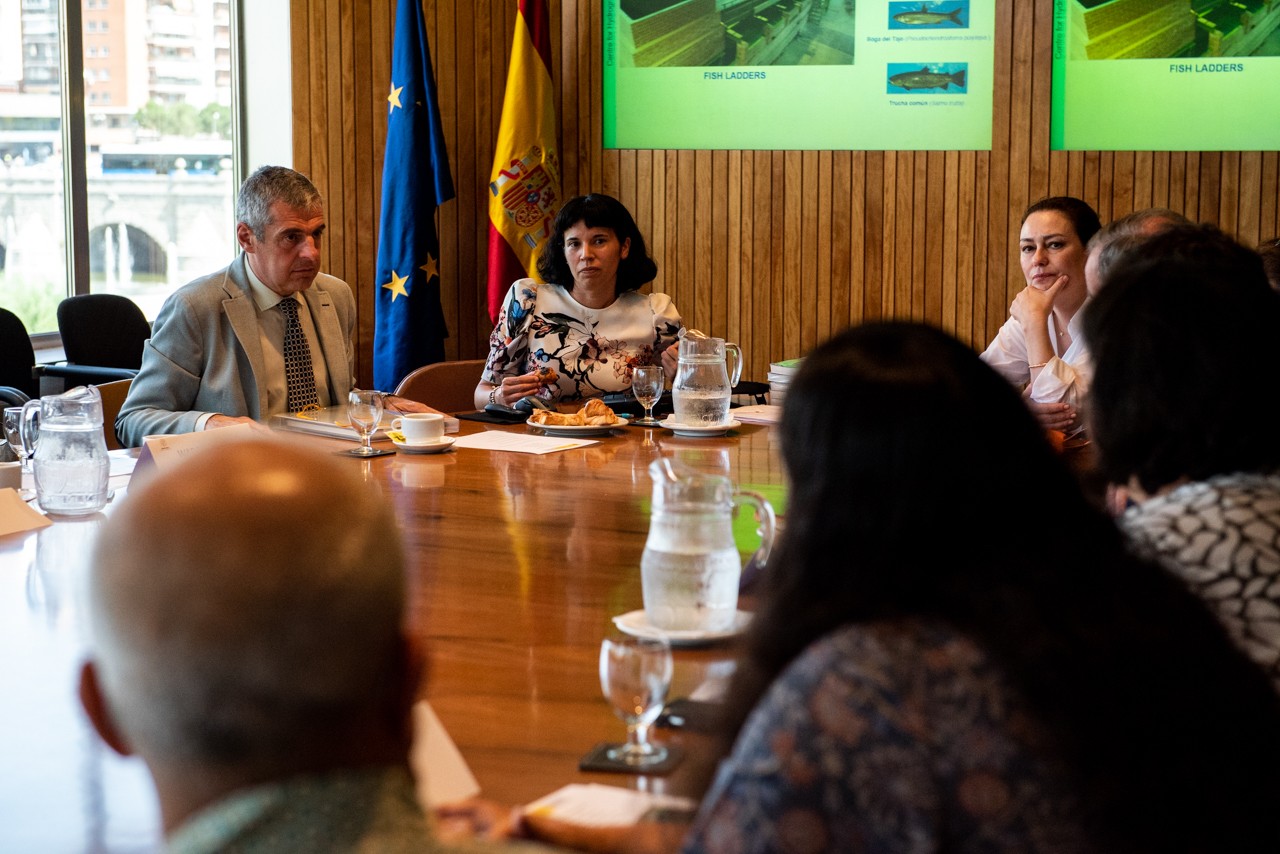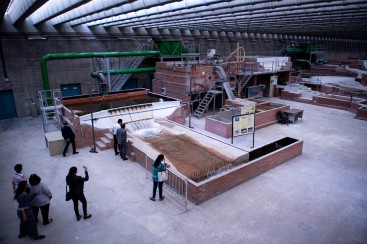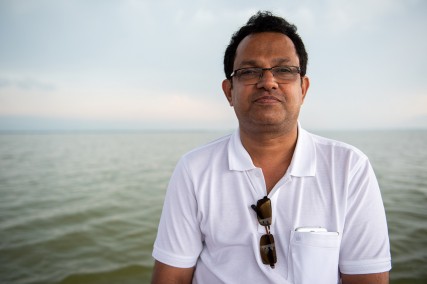Cedex, the Centre for Water Studies or for Studies and Experiments on Public Works, was founded in 1957 and is a government institution specialising in civil engineering and technology. It is part of the Ministries of Public Works and Ecological Transition and devotes its eight centres to carrying out studies and reports to support decision-making at both Ministries, as well as other Spanish and international bodies and private companies.
The Leaders visited the Centre for Water Studies, where they were greeted by the Hydraulics Lab Director, Luis Balairón, and by María Isabel Berga, who is Head of Programmes at this lab and is in charge of International Relations. The two experts told the Leaders about the functions of CEDEX, especially those of the Hydraulics Lab. “Water infrastructure in Spain is very important,” said Balairón.
We have 1,200 large dams, many of which were built in the second half of last century.” The Hydraulics lab facilities were “built to support the engineering of all those dams. There are currently about twenty dams being built in Spain, many of which have been tested at our lab. We also carry out tests for many older dams, which require an extension of overflow channels and other actions to improve their safety.”
The Leaders were especially interested in CEDEX’s work around updating old facilities. “We run all the tests to adapt the dam to current legislation, which is more restrictive than back when it was built,” which allows the lifespan of the infrastructure to be extended, rather than demolishing them and starting from scratch.
In addition, CEDEX has the capacity to support private companies and other public administrations, both Spanish and international. It is particularly active in South America, where it provides services both to Spanish companies abroad and to the programme that the Ministry of Foreign Affairs, European Union and Cooperation has in place to support Latin American countries in the promotion of water supply and sanitation plans. “Through this programme, the Spanish Government funds sanitation and purification plans in many countries, and we have been trusted with the mission to provide technical assistance for the selection and development of those projects.”
Regarding the Hydraulics lab, María Isabel Berga gave an overview of its areas of activity in dam engineering, for which they prepare physical and numerical models.
The Leaders were able to see both models at the Virtual Reality room and the Hydraulics lab with spectacular scale models of dams and other infrastructures used by CEDEX to analyse their performance and potential improvements. The combination of virtual and physical models allows for the streamlining of resources.
The Leaders and their hosts also discussed the difficulty of building new dams because of the lack of space and the need to maintain environmental protection areas, as well as the social resistance to this type of infrastructure. “Many of our dams were built to meet water demands, but many others are there to prevent flooding,” said Luis Balairón. “There are records of many floods in the past few years that, thanks to the dams, have not caused any personal damage. That is an aspect that needs to be communicated to society, that there has been no personal damage and we have those structures to thank for that.”
Among other observations, Pankaj Vir Gupta noted the need for planning in order to guarantee water supply in India, with a growing population and scarce water resources. Juhi Chaudhary mentioned that “the amount of sites of environmental value is a problem when it comes to undertaking water projects,” adding that it would be necessary to “assess the benefits of dams and those of areas of environmental value.”
The meeting finished with a visit to some of the most interesting parts of the CEDEX building, built in 1963 by renowned architect Miguel Fisac. The building is a landmark of 1960s Spanish architecture and is not only visited by water industry professionals, but also by architects and students from all over the world.
Report: 6th Indian Leaders Programme 2018




























































